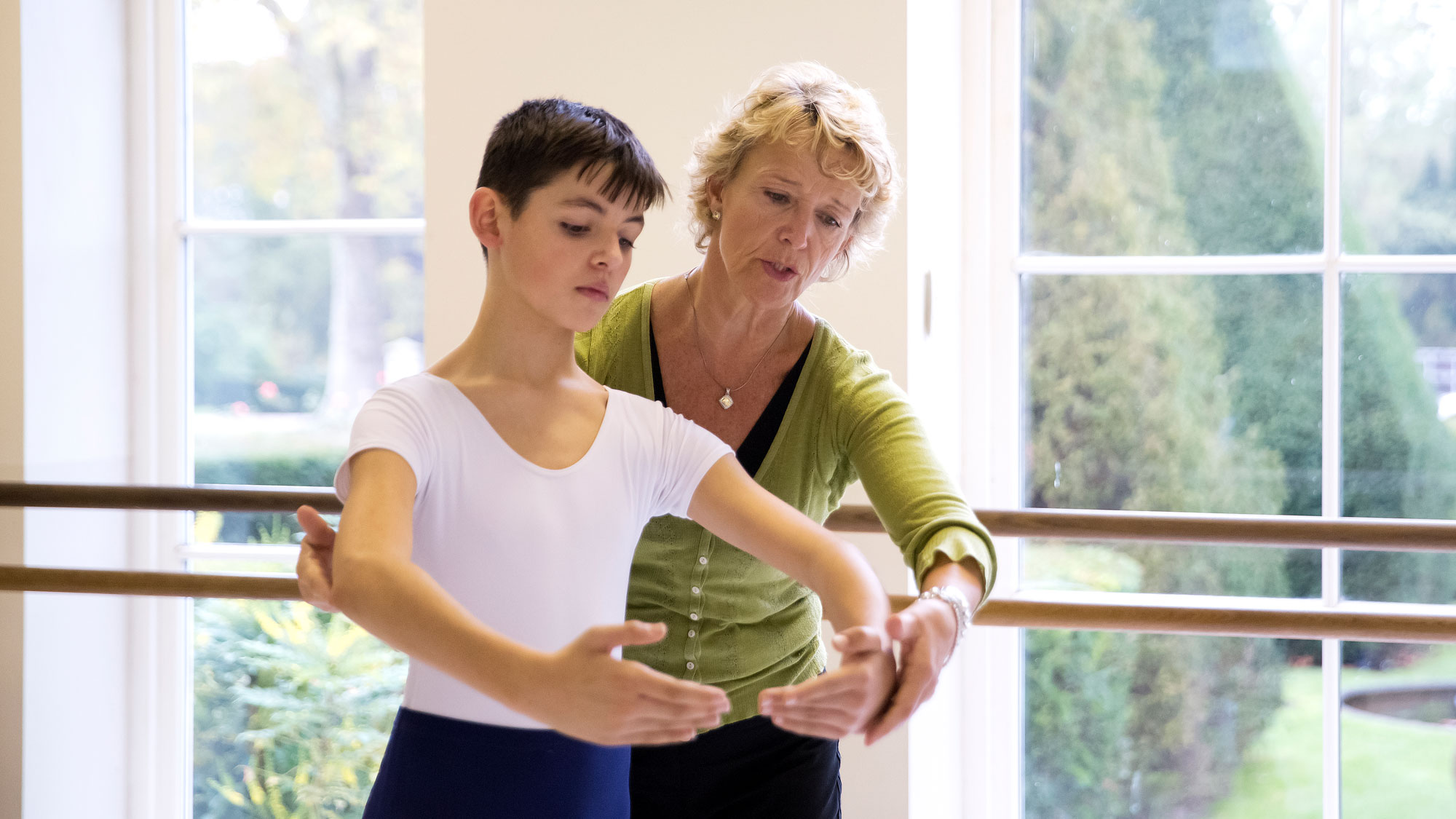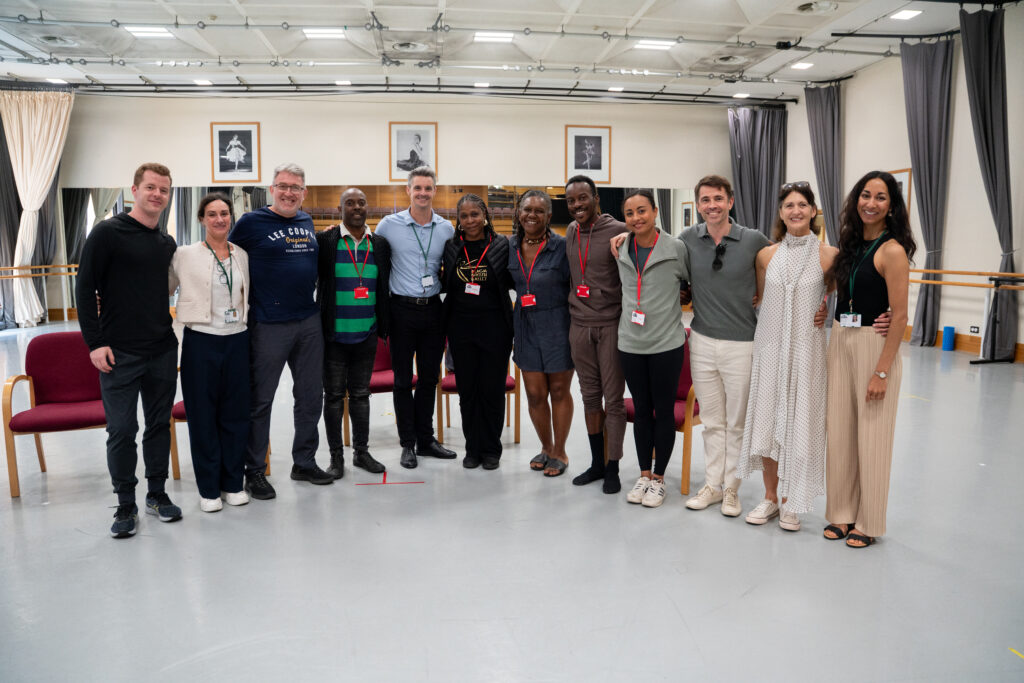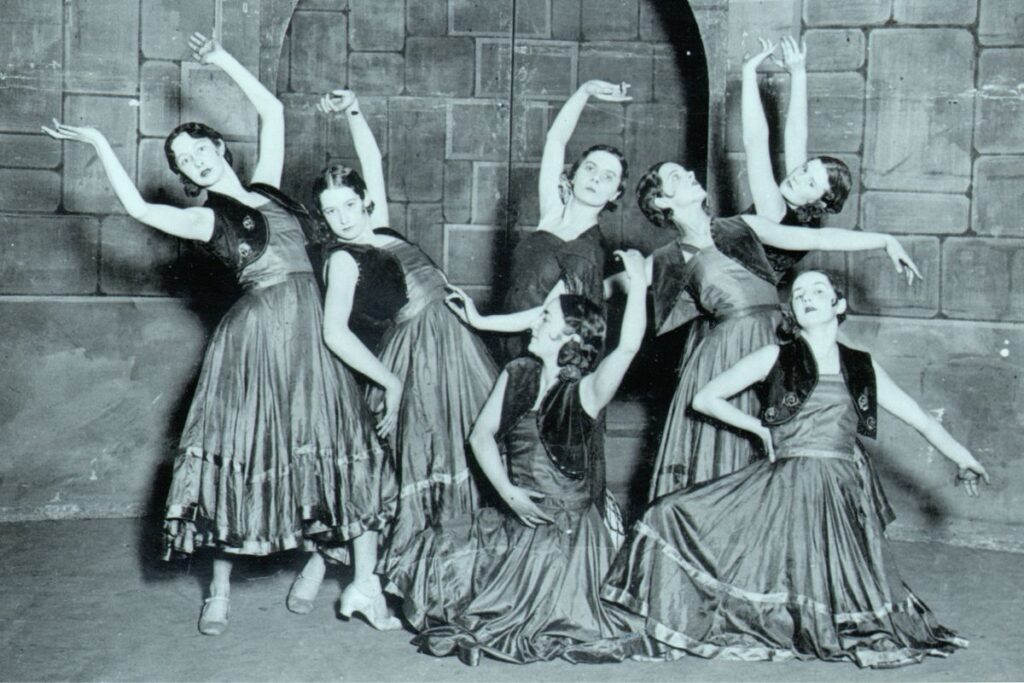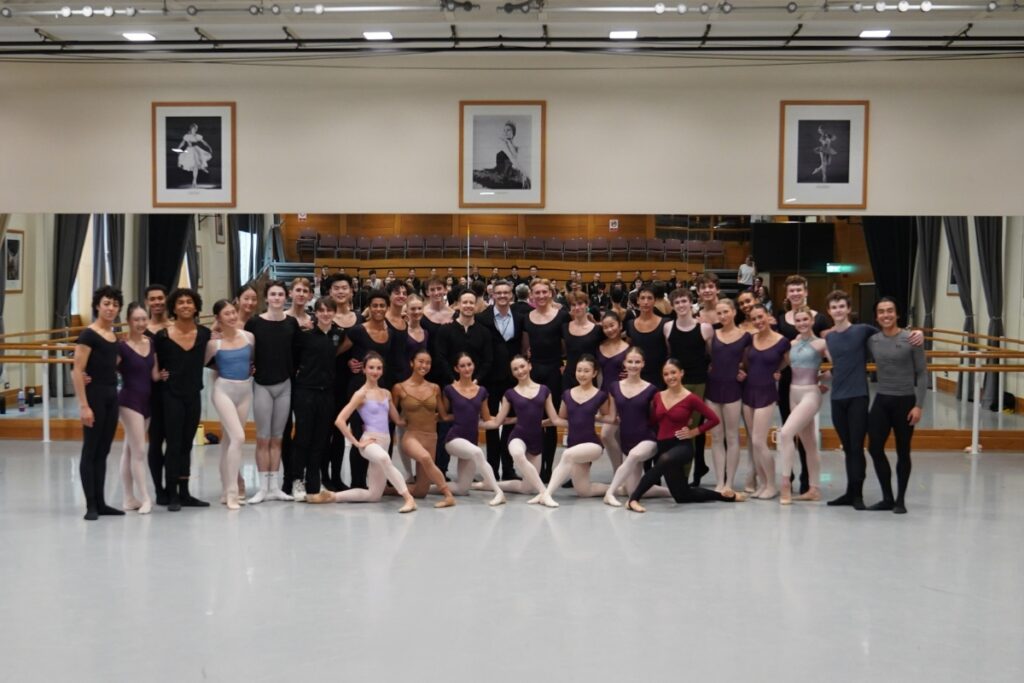Q&A for dance teachers on resilience and training during lockdown
On our social media channels, we gave dance teachers the chance to ask questions about resilience and teaching during lockdown to Head of Training & Access, Mark Annear and Teacher Training Manager, Karen Berry.
Below are some of the questions we received with Mark and Karen’s answers.
I am aware of the increased mental health issues that have been reported due to the pandemic – what can I do to help my students whilst I am still teaching remotely?
It’s important that we allow for opportunities for connection where at all possible to help counteract feelings of isolation and loneliness. Allow time within your classes to have discussion: ask questions, set discussion topics and allow them to interact peer to peer.
For older students, in Zoom, using ‘break out rooms’ is a great way to allow them time together to work on aspects of a task before returning for feedback or discussion. As well as helping to protect mental wellbeing, social interaction plays a crucial role in cognitive development and the acquisition of new knowledge and skills.
In general, setting activities that allow for a creative input can enable an outlet for feelings and thoughts that are more difficult to express in words.
How can teachers support their students?
We need to fully understand our learner’s needs and especially so in light of the current world situation. Provide your students with familiarity – the opportunity to connect with you and their peers is paramount.
What we teach and how we teach are driven by our students’ learning needs: determining these will enable us to optimise the impact we have on their learning. Consideration of their physical needs (skills) as well as their cognitive, emotional and social needs will enable you to determine your aims and outcomes, helping to ensure you are as effective as you can be.
How do you encourage dancers to stay motivated, especially in their home environments?
Teachers can use a variety of strategies to develop extrinsic and intrinsic motivation, from offering challenges, setting mini goals and providing opportunities for developing creativity and autonomy. Students remain more engaged and motivated when they know what learning has been planned. Regularly explain what the learning outcomes and goals are.
Although a degree of extrinsic motivation is required, we should be aware that fostering intrinsic motivation brings about the best psychological outcomes. The building blocks that underlie intrinsic motivation are the need to feel competent and the need for relatedness or to have meaningful relationships with other people. So, for online teaching it’s imperative we ensure we give opportunities for students to achieve, be working towards specific achievable goals and the opportunity to connect with their peers and yourself.
Some of my students don’t engage well on Zoom – what can I do to help them get more out of the session?
Not only is Zoom tiring but there at many more distractions whilst at home. Using a mixture of synchronous (Zoom, Google Meets, etc) and asynchronous (using virtual classrooms to upload recorded classes, tasks, challenges, etc) will help to enable deeper learning and active engagement.
Whilst using Zoom ensures you vary the teaching styles you use – ask questions, allow them practice time as well as allowing them to work with their peers. Allow them to observe each other in groups and ask them for feedback. Try sharing your screen to show photos or video clips and initiate discussion. Refer to learning or tasks set up offline within virtual classrooms and use the live classes to share their feedback and yours.
Using any strategy that allows them to be actively part of the process helps them feel in control of their learning, rather than being a spectator or passenger to what is being offered.
Many of my children seem very self-conscious within my Zoom classes. They don’t have issues within class but within Zoom they switch their videos or don’t want to connect – what would you suggest I can do to help them?
Online learning through any platform can cause anxiety and stress. Not everyone will feel confident about seeing themselves on screen and this can make many feel uncomfortable and threatened. During teenage years it’s normal for children to be concerned with how they appear to others, yet this can be exacerbated via Zoom and they can naturally feel everyone is looking at them.
Additionally, when their video is on, they are allowing others into their home and sharing their personal environment and circumstances. Many will feel self-conscious and will be worried about others being judgmental.
If students prefer to have their video off, you should ensure there is a way for them to connect to you via chat or by ‘unmuting’ if any issues occur during class and you should make parents aware.
Include your students as if you could see them. Get them to connect via group chat. As you can’t provide feedback within class, ask them to upload video footage so you can provide personal feedback outside of class. Even with their videos off, you can make a valuable contribution to the learning and well-being of your student.
I feel more exhausted teaching via Zoom than I do when normally teaching within the studio and I don’t feel I’m making any progress with my students. Not sure why?
There are many reasons that you may be feeling exhausted that range from trying to manage your own personal circumstances whilst teaching online and reasons that relate directly to ‘Zoom fatigue’. The term is now a real buzz word and a condition that has merited significant research.
The format of online platforms can result in missing many nonverbal cues that are normally picked up in the studio and requires us to work even harder or more consciously to interpret the ones we can see. When there are many faces and bodies on screen, we try to pay attention to all of them – a type of multitasking called ‘continuous partial attention’ and this can be very tiring.
Consider reducing class time and allowing for more variety within your classes to avoid the continual attention to the screen. Connect also via online classrooms and allow your students time offline to develop their learning and skills.
How to approach online classes with children?
You need to first consider what mode you want to deliver: synchronous or asynchronous learning or a blended model of both.
Synchronous teaching is where you are present at the same time as your students – so face to face classes, Zoom, Google Meets etc.
Asynchronous teaching is where teaching materials are posted online, via a virtual classroom or a learning platform. Here students can work through tasks and content in their own time. Teachers can communicate and provide feedback via the platforms, forums or discussion boards.
There isn’t a magic formula: the right mix depends on your own circumstances and that of your students. However, a blended model will enable more learning and help with engagement and motivation. Regardless of the mode of delivery, collaboration between you and your students is the key to effective teaching and learning online.
What are some of the best exercises/combinations for small spaces?
You could focus on aspects such as port de bras, pirouettes, adage and jumps that don’t move. You could also give students cognitive tasks so that you develop their knowledge and understanding alongside their technique. This is just as important as physical development as is their artistry and musicality. There are many things to work on while the students don’t have the space to travel.
How can teachers deal with the inequality between students with lots of space or equipment and those without?
As in many situations, try and find a middle ground.
If some students have limited space then leave out travelling exercises and work on what everyone can manage in their space. Allow for options and let the students work out how best to adapt what you present – this also engages them within the process where they have to think rather than being told.
If some students are without a barre, either simplify the exercises you give or bring the barre work into the centre. Working in the centre is very good for developing stability and strength and this would be a good way to make sure everyone is working on the same thing.
Should you train big jumps with you students at home? If so, how? Not every student has the space or right floor.
Concentrate on elevation, building height and strength of jumps rather than travelling. This can be done within a confined space and even in trainers if the floor surface is not ideal.
If you know any plyometric exercises, these would be very good to include as they really develop elevation. Encourage your students to work through a series of single calf raises either during class or in their own time. This will help prevent injury and increasing strength in the lower legs.
How can teachers teach a new variation via Zoom? It is often difficult to show movements and give precise corrections.
Using video resources such as YouTube is a good way of showing students what is required for a variation, both in the studio but particularly on Zoom. Share your screen with the students so they can view the video. You can then reiterate what is required. A variation can be filmed in advance as an instructional video, so you can spend the time in class giving feedback rather than just instruction. This allows students to work out their space and challenges specific to their space in their own time rather than in the confinements of a lesson.
Your feedback to the student may need to be more general or focus less on the technical aspects of the variation. Think about focusing on artistry and musicality as this will be a real inspiration for the students.
How can you sustain your students’ ability to travel and move in such small spaces?
It is hard to develop the ability to travel without the space to do so. Think about what you can achieve within the confines of the space available and focus on these. Developing strength and agility can be done in small spaces and then this could be transferred to travelling once students return to the studio.
How can teachers safely correct students during virtual lessons?
Many students have not been able to have any form of kinaesthetic feedback for quite a while now – due to social distancing restrictions. Although kinaesthetic feedback is one of the most effective methods we can use, we have all had to find other ways of helping students adapt.
Using another student as a model, or a video or a picture can help demonstrate what you wish to achieve. Using verbal cues as well as visual, whilst allowing students’ own intrinsic feedback to help guide them to the desired intention can be very effective. Having students self-analyse via a video recording will enable you to investigate if there is an issue with their observation skills/understanding or their physical ability. Once you know, you can then direct your feedback accordingly.
I am worried about the stamina of my students. Technically they are working hard but not creating stamina.
It may not be possible to work on all aspects of training during lockdown. If students are developing their technique, understanding about dance and are making social connections this may be all that you can achieve.
However, if you think that it is important to work on stamina include some aerobic activity/exercises within a class. Cross training can be beneficial in skill development.
I would like some ideas for training experienced students’ pointe work skills when pointe work isn’t possible due to lockdown.
Any dancer, regardless of experience, will benefit from practicing demi pointe work when pointe isn’t an option.
Ensuring that students also work on developing their proprioceptive skills and awareness is essential. Wobble boards and/or balancing on practice mats can help fine tune proprioceptive skills. Students can develop to balance with eyes closed.
Ensuring that you set appropriate exercises or tasks that develop core and lower leg strength as well as foot dexterity will also be extremely beneficial.
How do you give proper feedback to the students if you sometimes cannot see their entire body, as some don’t have enough space?
Try asking your students to film themselves performing a specific task. They can then upload it into a virtual classroom or post on a relevant platform where you can then view the footage and provide them with your feedback.





